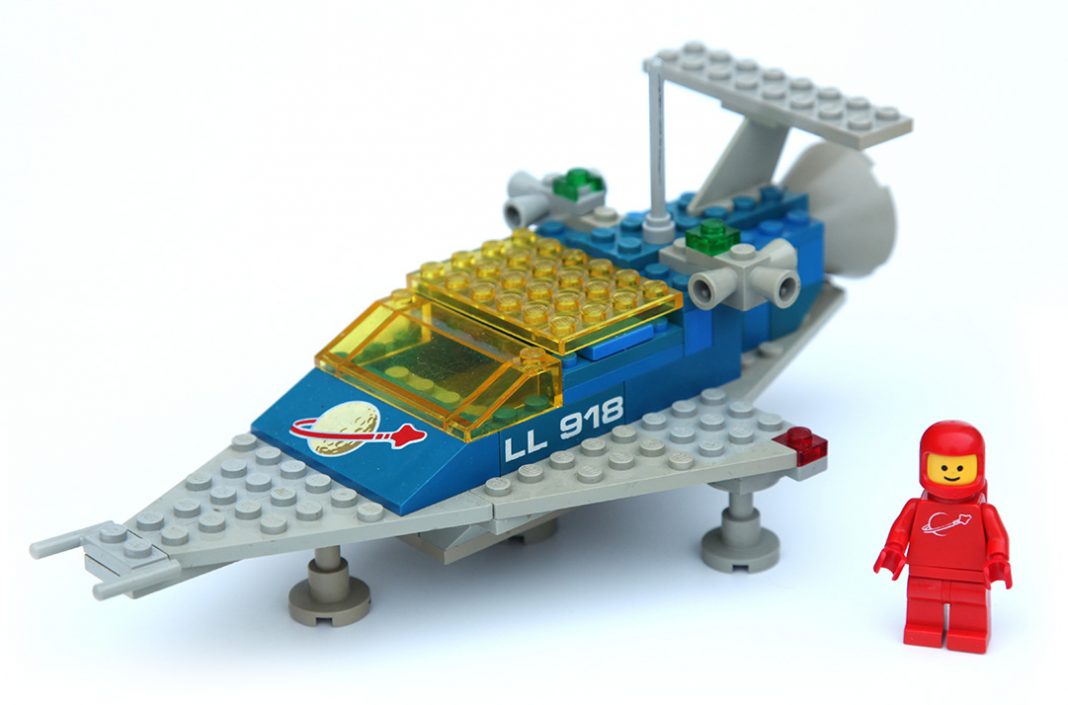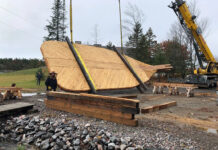- A canoe’s depth is measured from its gunwales to the bottom of the boat. Depth is measured in three places—the bow, stern and center. Adding depth to the hull adds capacity and adding depth to the bow and stern helps fend off waves. All other features being equal, the trade-off for a deeper boat is more weight and vulnerability to the wind.
- Lego’s “Classic” Space theme lasted from 1978 to1988. Its mostly monochromatic rockets and spacecraft were focused on deep space exploration. One of the minifigures from this era was popularized in 2014’s The Lego Movie. Vintage astronaut Benny had a cracked part in his helmet said to cause an oxygen leak, but not even hypoxia could quell his enthusiasm for building spaceships.
- In May 2019, American undersea explorer Victor Vescovo dove a titanium-hulled submersible into Challenger Deep in the Mariana Trench, the deepest part of the ocean, located in the southern end of the Pacific. He holds the record for deepest dive at 35,853 feet (10,927 meters). The pressure is 1.25 metric tons per square centimeter at the bottom of Challenger Deep.
- Q: Is this pool safe for diving? A: It deep ends.
- Deep-fried soda is a frozen Coca-Cola-flavored batter that is deep-fried and then topped with Coca-Cola syrup, whipped cream, cinnamon sugar and a cherry. Inventor Abel Gonzales Jr. introduced it at the 2006 State Fair of Texas, where he sold 10,000 cups in two weeks. It has 830 calories per cup.
- A boat’s hull shape and depth affect freeboard, which is the amount of canoe between waterline and gunwale. The industry’s capacity rating standard is the maximum weight a canoe can hold while maintaining six inches of freeboard. However, this is often several times higher than a canoe’s optimal weight range for best performance.
- Georgia’s Veryovkina Cave is the deepest known cave on Earth. It took more than 50 years and 30 expeditions for Russian explorers to reach its depth of 7,257 feet (2,212 meters). It’s a three-day expedition to descend and another three days to ascend. And speleologists—cave geeks—believe there is still more to be discovered.
- Depth perception jokes are always near misses. Many evolutionary biologists believe most predators have both eyes looking forwards, to allow for binocular depth perception and judging distances when they pounce on their prey. Most plains herbivores have their eyes on the sides of the head, providing an almost 360-degree view of the horizon, enabling them to notice the approach of predators from nearly any direction.
This article was first published in Paddling Magazine Issue 62. Subscribe to Paddling Magazine’s print and digital editions here , or browse the archives here.
One of the very first Classic Space LEGO sets, The 918 Space Transport was released in 1978. | Photo: desdemona72 – stock.adobe.com









